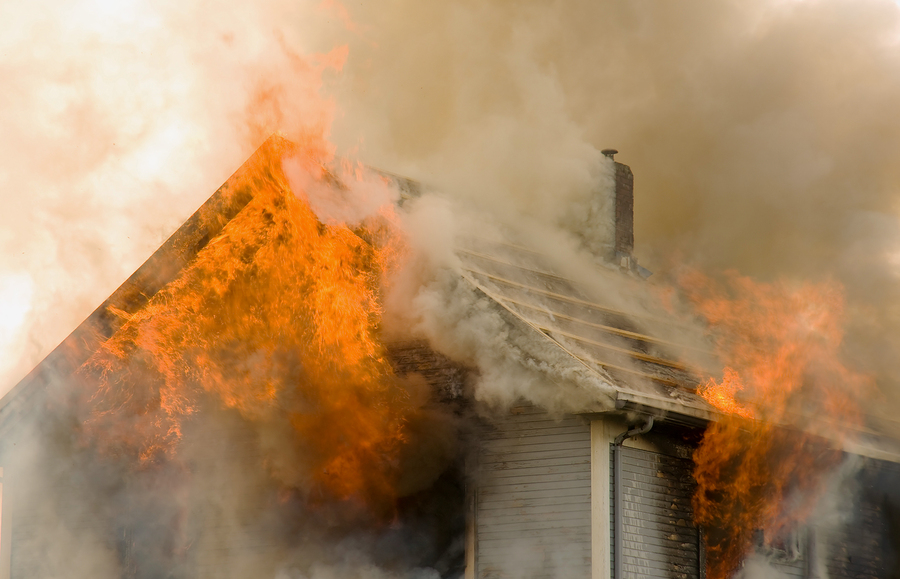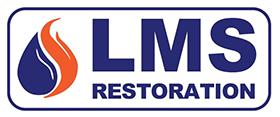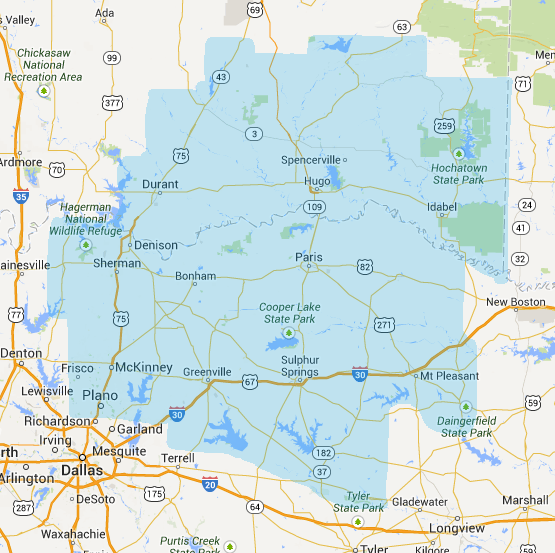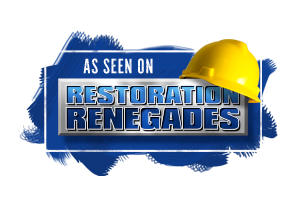Since - 1997
- Call now for a
- Free Estimate
- 903-229-4846 NE TX
- 281-572-8798 Houston
Smoke and Soot Can Harm Your Family and Property

In 1788, the British Parliament passed a law known as the Chimney Sweepers Act of 1788, a legislation aimed at regulating the apprenticeship of boys who were recruited by master chimney sweeps to clean flues and chimneys in urban areas. The passage of the act happened as a result of society’s growing concern for the welfare of these boys, many of whom suffered from “soot wart,” a form of cancer that affected the scrotum. Earlier in 1775, surgeon and scientist Sir Percivall Pott discovered that exposure to chimney soot caused the chimney sweeps’ carcinoma, and thus he also determined the first ever occupational link to cancer.
Fast-forward to the future, and soot is still as dangerous as ever. Soot residues, as well as leftover smoke, are commonly found in homes and building that have been sullied by fire accidents. Although short-term exposure to smoke and soot is not likely to cause cancer, it can have an immediate deleterious effect on people’s respiratory functions. There is also evidence that short-term exposure to soot and smoke can have lifelong consequences on newborn infants, whose respiratory system development can be altered permanently. Children, the elderly, and those with weak immune systems are also more susceptible to the health effects of smoke and soot.
What are in smoke and soot?
When combustion occurs, smoke and soot are released. But what exactly are these waste products composed of? Smoke is made up of solid and liquid particulate matter as well as various kinds of gases. The particulate matter includes soot, which are carbon particles created when there is an incomplete combustion of different objects.
Depending on the kinds of materials burned in the fire, how much oxygen was in the air, and the temperature at which the fire burned, the smoke and soot created can be composed of a lot of different chemicals. Many of these are harmful to the health. Fires in modern homes, in particular, produce a lot of chemicals that wouldn’t have been found in fires during the earlier days. This is because of the prevalent use of plastics and other synthetic materials in homes today.
What can smoke and soot do to your personal belongings?
Aside from the health risks involved in the inhalation of or exposure to smoke and soot, they can also prove to be harmful to your property and to your personal belongings. As these airborne particles travel throughout a property affected by fire, it can cause secondary damage to the structure or its contents.
Smoke and soot can cause damage to metal and wooden architectural elements in a property, and it can also mess up clothes, upholstery, curtains, carpets, and rugs. Smoke and soot is also detrimental to the material integrity of art pieces, antique items, and even electronic equipment.
In short, smoke and soot represent such a significant risk to both health and property such that intervention from a restoration professional becomes an absolute must.
At LMS Restoration, we have a team of experts who can help property owners in Texas and Oklahoma who have been affected by devastating fire accidents. If you live in the city of Paris TX or surrounding areas and you need immediate help due to the presence of smoke and soot in your property, please don’t hesitate to call us at 903-229-4846. You may also reach us by sending us a message.






